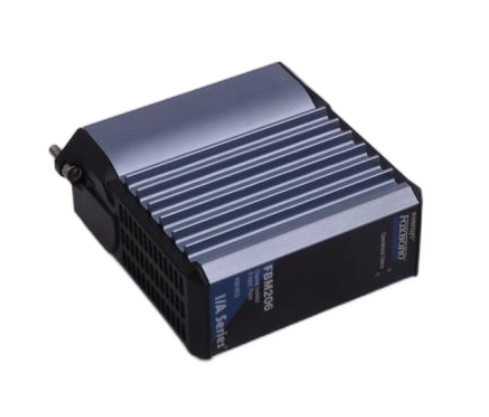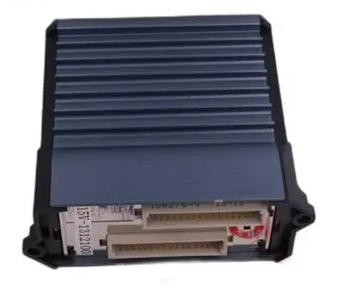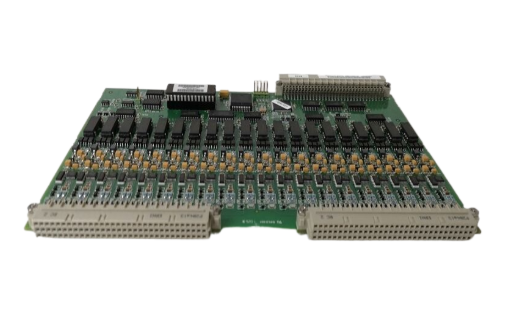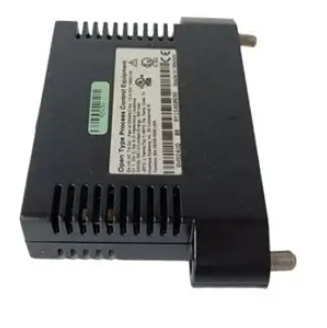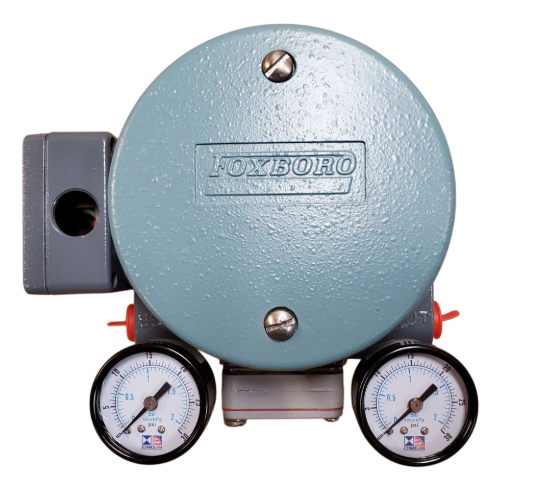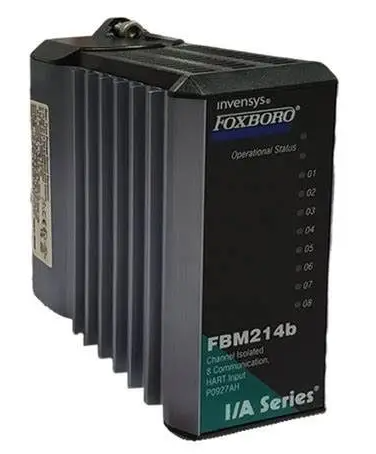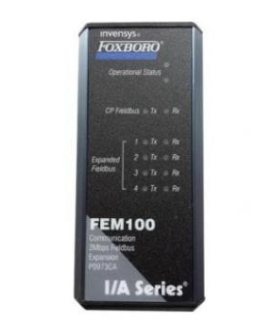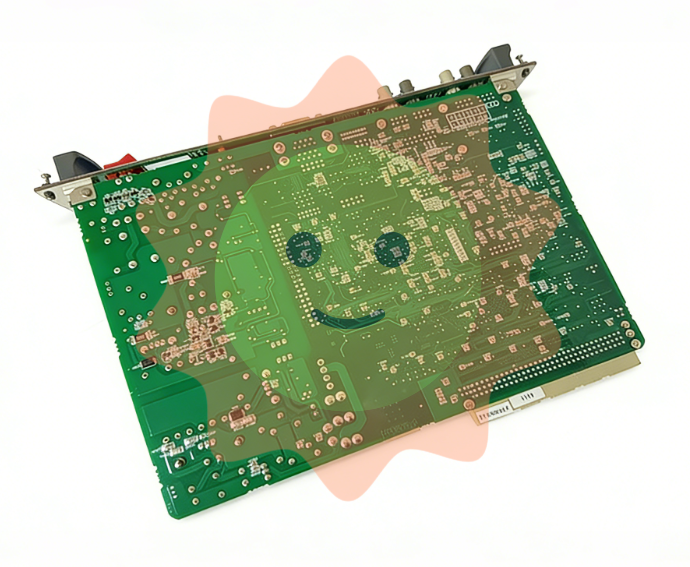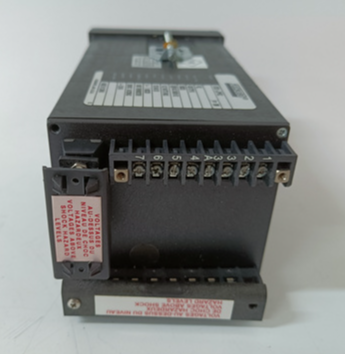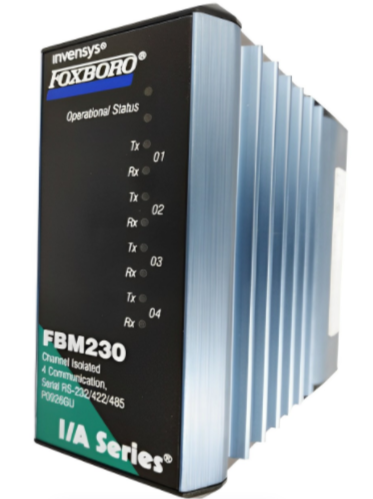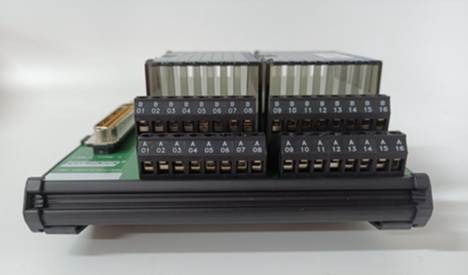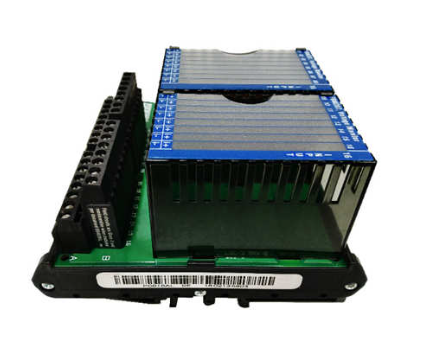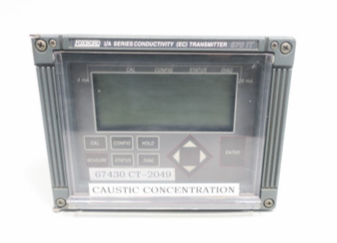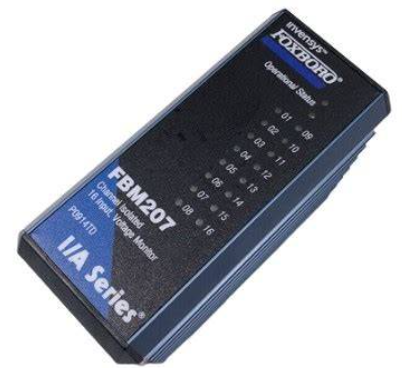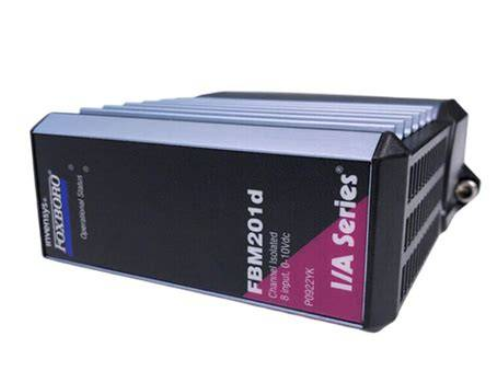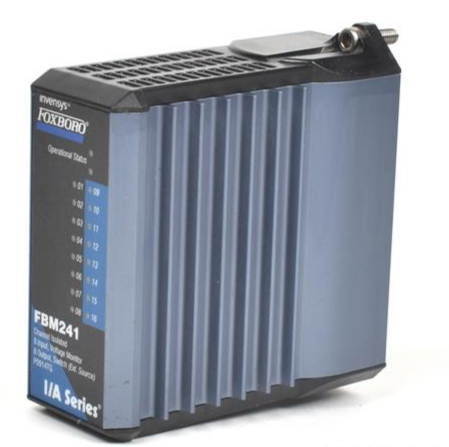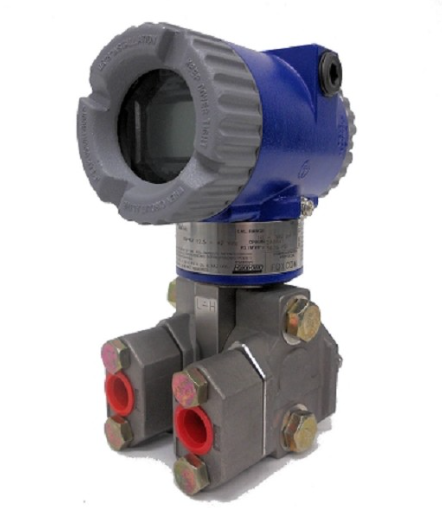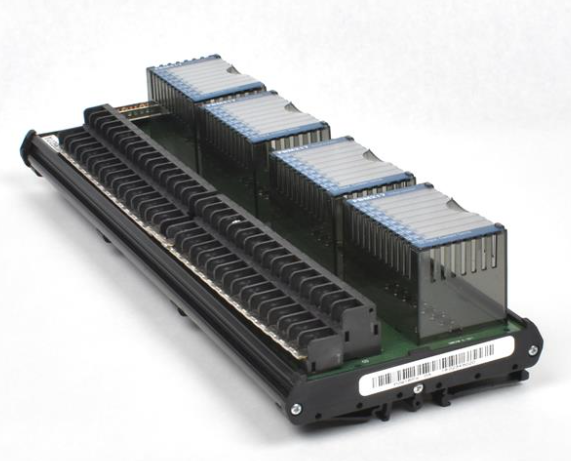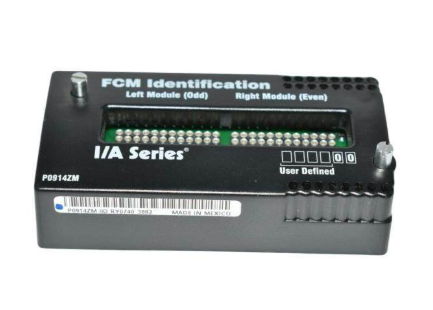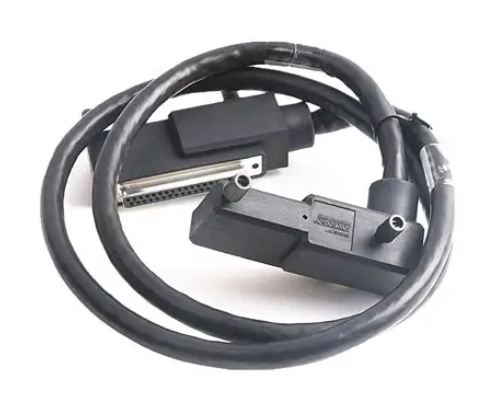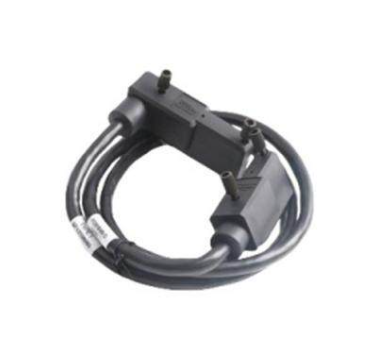The main technical development direction in the field of iron and steel metallurgy in China
As the most important raw material industry, the most fundamental task of the steel industry is to provide the society with sufficient quantity and excellent quality of high-performance steel products with the lowest resource and energy consumption, the lowest environmental and ecological load, and the highest efficiency and labor productivity to meet the needs of social development, national security and people's lives. To complete such a task, I believe that the iron and steel industry should grasp the following main technical development directions in the field of iron and steel metallurgy:
1. Low-carbon iron making technology
In the context of global efforts to reduce greenhouse gas emissions, the international steel industry is actively developing technologies to reduce CO2 emissions in the iron making process, one of which is to develop low-carbon iron making technologies along blast furnaces. It mainly focuses on the study of the use of carbon and iron composite charge in blast furnaces, the recycling of top gas of blast furnaces, the injection of hydrogen-containing substances (hydrogen rich, natural gas, COG), the injection of high oxygen rich (oxygen rich rate ≥30% or total oxygen), and the extremely limited coal injection. Hydrogen-containing substance injection (hydrogen-rich injection) has the effect of significantly reducing carbon emission, increasing the content of hydrogen injection is the development trend of blast furnace technology, especially should be paid attention to. In addition, the optimization of the structure of high pellet ratio charge, the optimization of ore blending and the optimization of particle size ratio and distribution of the charge, and the high efficiency blast furnace smelting technology are also being implemented.

2, low carbon, emission reduction of non-blast furnace ironmaking technology
Another important research direction of ironmaking technology is non-blast furnace ironmaking technology. Compared with blast furnace ironmaking technology, non-blast furnace ironmaking technology is conducive to getting rid of the shortage of coking coal resources, changing the energy structure, saving energy, significantly reducing SOx and NOx emissions in coking and sintering, and protecting the environment, which is an important direction and means to achieve energy conservation and emission reduction in the iron and steel industry. Non-blast furnace ironmaking technology using hydrogen reduction can greatly reduce CO2 emissions.
1) Melting reduction technology
The smelting reduction technologies of non-blast furnace ironmaking include Hismelt, Hisarna, COREX, FINEX, flash ironmaking, etc. The FINEX smelting reduction technology developed by Posco in South Korea has been industrialized and exported. At the same time, POSCO has combined FINEX with other technologies to form new non-blast furnace ironmaking technologies, such as POIST process, mixed hydrogen reduction process, nuclear hydrogen reduction process, etc. The American Iron and Steel Institute is currently working on non-blast furnace ironmaking projects to reduce CO2 emissions from the steel industry, including hydrogen flash smelting to produce pig iron (using hydrogen as fuel), molten oxide electrolysis research, new suspension ironmaking technology, and carbon dioxide geological storage research. China's Baosteel has introduced COREX melting reduction technology, taking into account economic factors, is now moved to Xinjiang to continue to work. Academician Zhang Wenhai is developing flash ironmaking technology and is building pilot test equipment in Hebei.
Most of the above-mentioned melting reduction technologies cannot get rid of the basic conditions of pulverized coal as raw materials, so the effect in terms of carbon emissions is limited. According to its advantages and problems, we should use hydrogen-based reducing agent to develop a low cost, high efficiency and low carbon emission melting reduction iron making technology with Chinese characteristics.
2) Direct reduction technology
There are many ways of direct reduction, such as tunnel kiln direct reduction, rotary kiln direct reduction, shaft furnace direct reduction and so on. The fuel can be coal - or gas-based. But at present, the most successful is the direct reduction of gas-based shaft furnace, and there are already 2.5-3 million tons of gas-based shaft furnace direct reduction units using natural gas in industrial operation. It has developed rapidly in areas with abundant natural gas and low prices, and is currently the main production mode of DRI. In view of China's situation, the use of selected iron concentrate and non-coking coal to gas, continuous hot charge electric furnace smelting, may be lower cost than blast furnace production of high-quality pure steel, which is a competitive production mode that some small steel mills can adopt, it is worth combining China's national conditions, especially for China's unique resources such as: The research and application of high chromium type vanadium titanium ore and boron-bearing ore are carried out to go out of our own way.
In addition to using coal to gas as reducing agent, natural gas and hydrogen can also be used in a certain proportion for direct reduction in gas-base shaft furnace. In today's emphasis on reducing carbon emissions, increasing the proportion of hydrogen has become the development direction of direct reduction in gas-based shaft furnaces. Therefore, the transition from direct reduction of gas-based shaft furnace to hydrogen as the main reducing agent, so as to achieve a significant reduction of carbon dioxide, should be the main direction of efforts in the future.

3) Hydrogen direct reduction
Voestalpine has developed a long-term plan of up to 20 years to promote the development of hydrogen reduction technology, and the CO2 reduction target is set at 50%. In the first stage, the traditional BF converter long process steel plant in Austria will use gas-based shaft furnaces to directly reduce the iron hot press block HBI, while the natural gas gas-based shaft furnaces in the DRI plant in Texas, USA, will be replaced by hydrogen shaft furnaces (already 40% less than the use of coal and coke). In the second stage, it will take another 10-15 years to increase the use of hydrogen in the blast furnace and realize hydrogen as the main reducing agent, but it will not completely replace the pulverized coal and coke injection. Reduce CO2 emissions at source, rather than relying on capture and fixation technologies to reduce CO2 emissions. Pilot hydrogen production is currently underway, and the production process focusing on hydrogen reduction will be put into large-scale practical use around 2030. With the increase of CO2 emission reduction pressure, hydrogen reduction technology will be more and more attention by the steel industry, ushering in opportunities for vigorous development.
Research on hydrogen reduction technology, such as biomass reduction technology and nuclear hydrogen reduction process, should be the main development direction. Therefore, the source of low-cost hydrogen has become an important issue. Cooperation with the nuclear energy industry to carry out research on nuclear hydrogen reduction process should be an important direction.
4) Smelting reduction based on hydrogen metallurgy direct steelmaking
The chief professors of the steel metallurgy direction of the 2011 Steel Collaborative Innovation Center of Northeastern University proposed a design scheme of direct steel making based on hydrogen metallurgy. The scheme uses ultra-pure iron concentrate with cold impurity removal as raw material to achieve source emission reduction. By rapid hydrogen reduction at 1200℃ and high energy density iron bath melting reduction at 1600℃, ultra-pure molten steel was obtained. After continuous casting and rolling, high quality and high cleanliness steel materials are obtained. This process completely eliminates ironmaking, and realizes the continuous and integrated production mode of continuous charging, continuous steelmaking, continuous casting and continuous rolling, which simplifies the process and improves the production efficiency.
5) Carbon dioxide separation, collection, storage, utilization technology
It is expected that through this study, carbon emissions in the process of iron making can be greatly reduced by means of carbon dioxide recovery and storage, and the road of low carbon emissions can be stepped out.
3. Steelmaking technology
1) High efficiency desulfurization hot metal pretreatment technology
The high efficiency method of hot metal pretreatment with strong mixing and blowing was developed to reduce the sulfur content to a very low level in a short time.
2) New process of efficient refining of ladle bottom powder spraying
The technology of powder spraying at the bottom of ladle in the process of off-furnace refining was developed. The bottom spraying process has no iron loss, the stirring dynamic conditions are better than the top spraying, and the matching technology is mature and easy to realize. The transformation investment is low and the original process is not changed. The production platform of ultra-low sulfur clean steel can be established to obtain good sulfur removal effect.

3) Oxide metallurgy technology to manufacture large line energy welding steel
Using oxide metallurgy technology, we can develop carbon manganese steel, HSLA, high strength steel for high line energy welding. This technology is contrary to the traditional "pure purification" and "cleaning" idea, using the effective control of the properties of inclusions (distribution, composition and size, etc.) in the steelmaking process, to improve the organization of the steel in the subsequent solidification, rolling, cooling, and use process, so as to obtain the required organization and new properties, such as large line energy welding steel.
4) Uniform refinement control of microstructure of thick structural steel
The smelting process control implemented by oxide metallurgy technology is combined with the rolling and cooling control in the subsequent rolling process. On the basis of the smelting process control, certain final rolling temperature control and cooling rate control are implemented, and thick steel with full section (uniform) fine-crystallized structure can be obtained, with high strength toughness and high line energy welding performance. It can be used in the production of thick plate, heavy H-shaped steel, thick wall seamless steel pipe and so on.
4, high quality special steel high efficiency, low cost special metallurgy new process
1) Tertiary refining technology
Following a conventional EAF or converter process with three additional refinings, such as a vacuum consumable furnace or electroslag remelting, high purity specialty steels can be obtained for efficient and low-cost preparation of specialty steels and other high-performance metal materials for aerospace and other applications.
2) The new generation of special steel purification, homogenization refining technology research and development of a new generation of special steel ladle clean refining technology that is non-polluting to molten steel, characterized by heating and deoxidation, new technology of pressurized nitrogen enhancement metallurgy of high-end stainless steel, electroslag remelting technology based on conductive crystallizer, etc., for the production of high-end alloy steel.
- EMERSON
- Honeywell
- CTI
- Rolls-Royce
- General Electric
- Woodward
- Yaskawa
- xYCOM
- Motorola
- Siemens
- Rockwell
- ABB
- B&R
- HIMA
- Construction site
- electricity
- Automobile market
- PLC
- DCS
- Motor drivers
- VSD
- Implications
- cement
- CO2
- CEM
- methane
- Artificial intelligence
- Titanic
- Solar energy
- Hydrogen fuel cell
- Hydrogen and fuel cells
- Hydrogen and oxygen fuel cells
- tyre
- Chemical fiber
- dynamo
- corpuscle
- Pulp and paper
- printing
- fossil
- FANUC
- Food and beverage
- Life science
- Sewage treatment
- Personal care
- electricity
- boats
- infrastructure
- Automobile industry
- metallurgy
- Nuclear power generation
- Geothermal power generation
- Water and wastewater
- Infrastructure construction
- Mine hazard
- steel
- papermaking
- Natural gas industry
- Infrastructure construction
- Power and energy
- Rubber and plastic
- Renewable energy
- pharmacy
- mining
- Plastic industry
- Schneider
- Kongsberg
- NI
- Wind energy
- International petroleum
- International new energy network
- gas
- WATLOW
- ProSoft
- SEW
- wind
- ADVANCED
- Reliance
- YOKOGAWA
- TRICONEX
- FOXBORO
- METSO
- MAN
- Advantest
- ADVANCED
- ALSTOM
- Control Wave
- AB
- AMAT
- STUDER
- KONGSBERG
- MOTOROLA
- DANAHER MOTION
- Bently
- Galil
- EATON
- MOLEX
- Triconex
- DEIF
- B&W
- ZYGO
- Aerotech
- DANFOSS
- KOLLMORGEN
- Beijer
- Endress+Hauser
- MOOG
- KB
- Moxa
- Rexroth
- YAMAHA
- Johnson
- Westinghouse
- WAGO
- TOSHIBA
- TEKTRONIX


Email:wang@kongjiangauto.com


